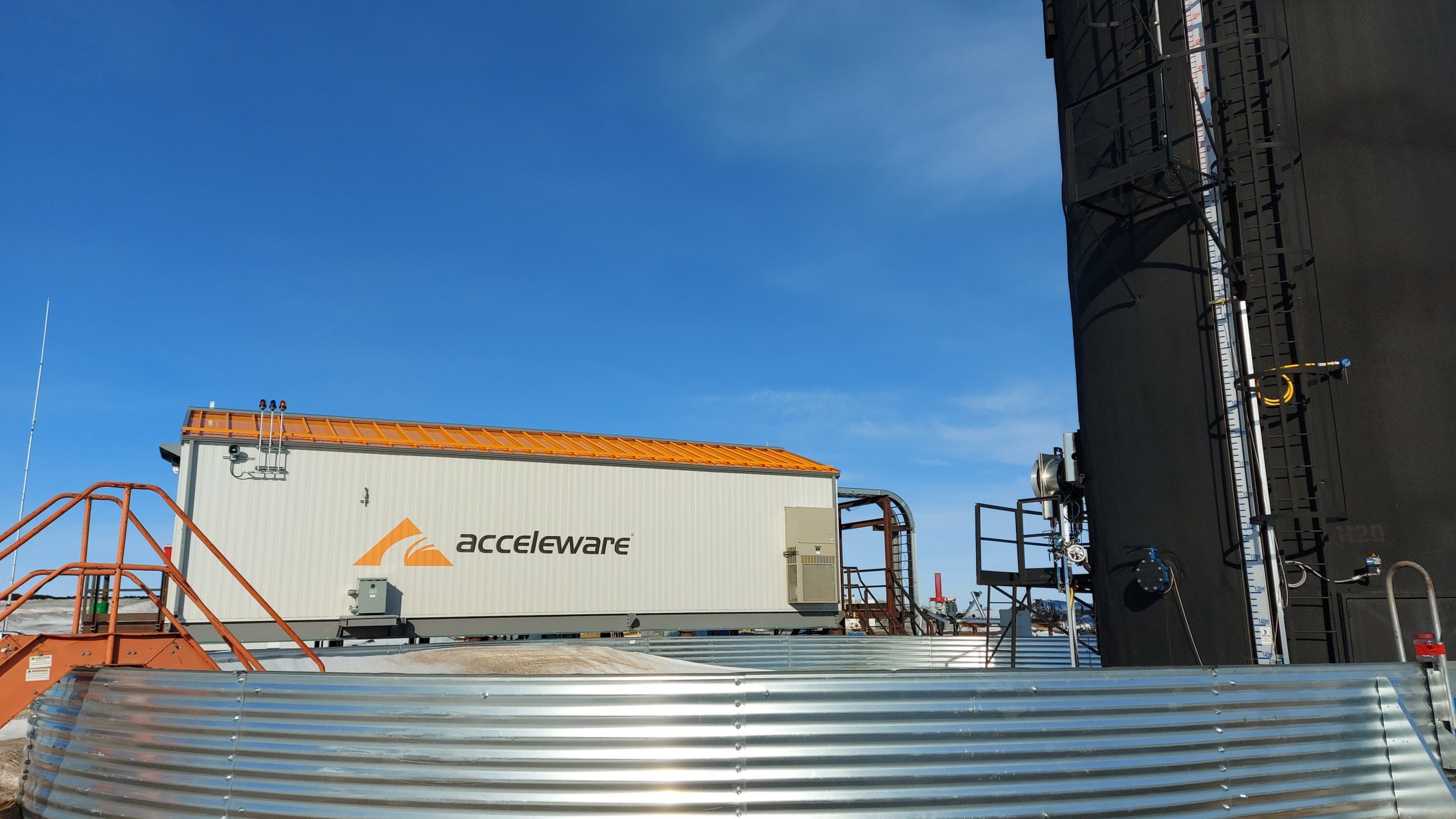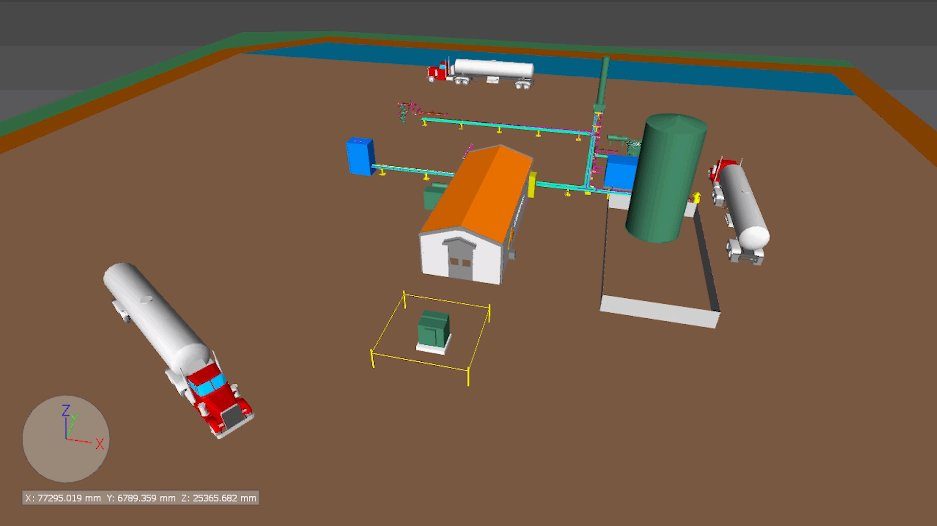
A major milestone has been reached for a first of its kind pilot project that could dramatically reduce greenhouse gas emissions and fresh water use from oil development in Canada and around the world.
The pilot, which uses radio frequency technology, is now up and running and producing oil.
“It’s like a microwave oven, but we put it underground,” says Geoff Clark, CEO of Calgary-based Acceleware, which owns the project.
“We’re using radio frequency energy to heat the water that’s already present in the oil bearing formation, and we produce the oil with a producer well…We are continuously heating. We’re gradually ramping up the power that we’re putting into the ground from the system and we’re pretty pleased with the performance to date.”
The pilot project is located at Marwayne, Alberta, near Lloydminster on the Alberta/Saskatchewan border.
Acceleware has been advancing its technology toward field testing since 2010. In October 2020 the company received regulatory approval to proceed, and a month later announced the backing of influential Indigenous leader Jim Boucher through the creation of the joint venture Acceleware | Kisâstwêw.
Kisâstwêw is Cree for “heat,” which right now is the driving force behind about 1.4 million barrels per day of in situ oil sands production, by way of large-scale surface steam generation and reservoir injection.
Acceleware’s technology — called RF XL — removes the need for steam generation and injection, resulting in significantly less land use, elimination of fresh water requirements, and the potential to essentially decarbonize heavy oil and oil sands at production.

Electricity is converted to electromagnetic energy at the surface and is then delivered to the oil pay zone through radio-frequency heating lines. That energy seeks out naturally-occurring water molecules from within the oil-bearing formation and heats them to create a steam chamber.
The pilot project is also supported by Sustainable Development Technology Canada, Emissions Reduction Alberta, Alberta Innovates, Broadview Energy, and three major oil sands partners including Cenovus Energy and Suncor Energy.
Construction began in August 2021, and at the beginning of March this year the RF XL system was powered up. It’s been running consistently since then, Clark says, and achieved first oil at the beginning of April.
Preliminary results from the Marwayne project are encouraging, says Boucher, who is president of Saa Dene Group. Boucher served as Chief of the Fort McKay First Nation for more than 30 years between 1986 and 2019 and has been recognized for “remarkable accomplishments” in business and community leadership.
“It’s got a lot of positive aspects to it. It’s very clean and it’s really a good environmental footprint and result with respect to the technology being used. It’s got a lot of attractive features,” says Boucher.
“There’s no liquid required to extract oil. It will certainly be very good in terms of carbon reduction and the amount of capital that’s required.”
If proven successful, the pilot project will mark a world first for electrification of low-to-zero emission heavy oil and oil sands production. The initial heating phase is expected to last approximately six months.
The technology’s potential is not just in Alberta, Clark says.
“We first got into this because of some people who were involved in California who wanted to think of an environmentally better way to produce this heavy oil than generating steam using natural gas and pumping that steam underground,” he says.
“It’s definitely something that could be used in Alberta for both heavy oil and oilsands, and it could obviously be used in Saskatchewan for their heavy oil. But we have a lot of interest from international players as well, particularly people in California, the heavy oil operations around Bakersfield, and Central America, Columbia, and the Middle East as well, in Oman and Kuwait.
“It has a lot of international appeal.”
And the world will continue to need oil long into the future. Even as more renewable energy comes online, global oil demand is expected to increase to 103 million barrels per day in 2030, up from 96.6 million barrels per day in 2019, according to the International Energy Agency.
In 2050, the IEA expects the world will still consume 103 million barrels of oil per day.
The unaltered reproduction of this content is free of charge with attribution to Canadian Energy Centre Ltd.